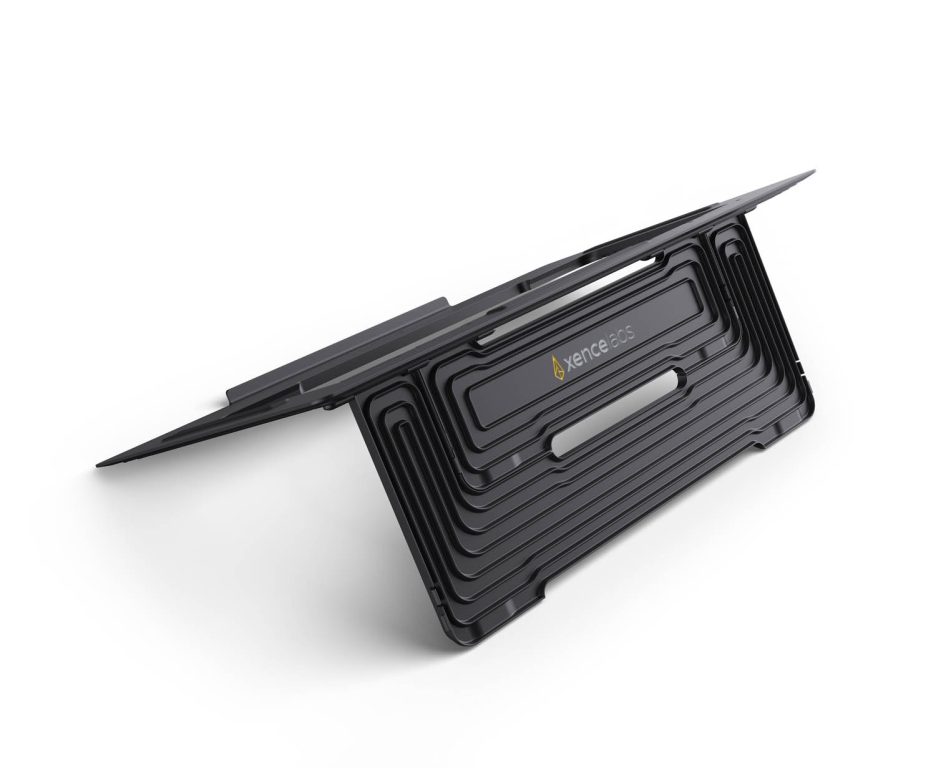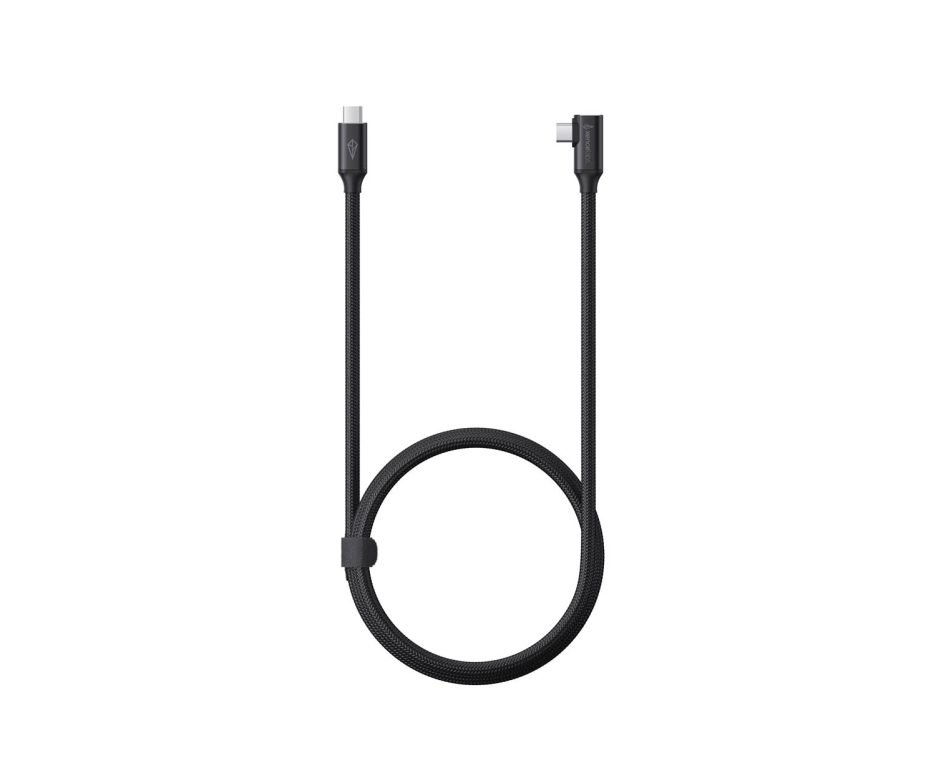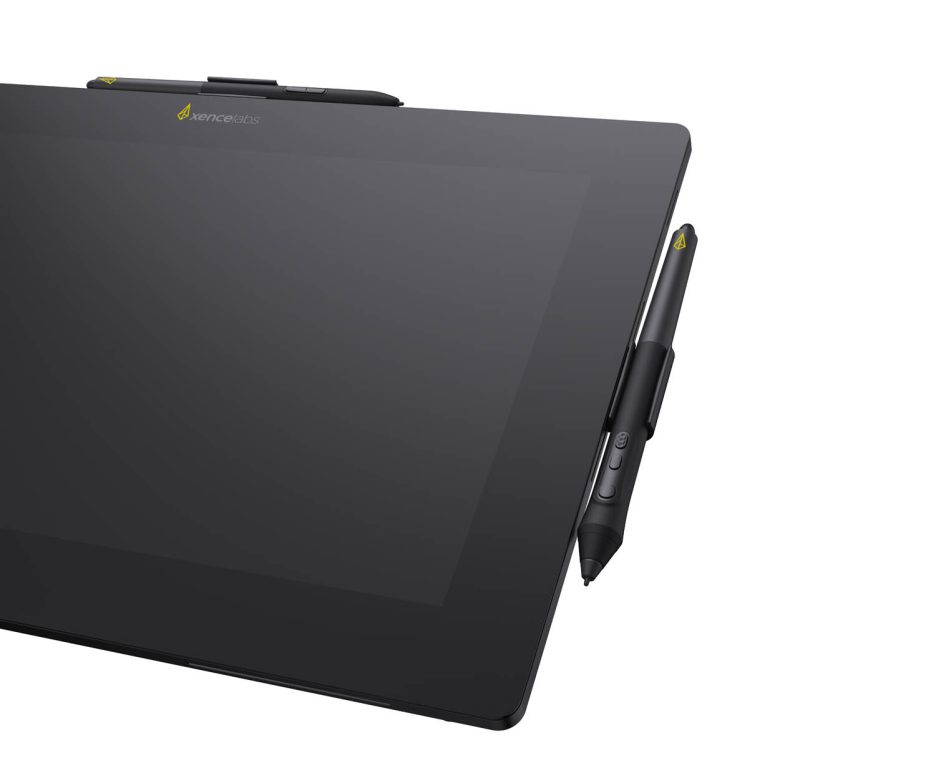The Xencelabs Pen Display family continues to grow. With its detailed display and desktop practicality, the svelte and portable Pen Display 16 is a welcome new addition to the line-up, as Stephen Holmes reports
Handling hardware has become a more prevalent part of the designer’s daily workflow since the rise of the tablet. A high-end digital device like a notepad is one way of achieving more natural lines or including better detail in your sketches.
While many of you will by now be adept at sketching on an iPad, the maximum 13-inch screen size can be restrictive. As a result, the 16-inch screen offered by the Xencelabs Pen Display 16 (rising to 19 inches if you include the bezel) is getting a lot of attention.
The PD16 is designed for creative professionals on the go. Few may be doing detailed CAD work in the back of a cab, but the ability to pack up and take your familiar desktop with you is a marvellous benefit of the modern age.
Xencelabs’ case is barely 11mm thick and weighs just 1.2kg, putting it in the territory of a modern laptop rather than a barely-there iPad. But given that you’ll need to hook it up to a workstation, you’ll likely be popping it into a backpack or the included carry case rather than carrying it, folio-like.
Any initial reticence around carrying another device in addition to a laptop quickly disappears when considered in context: hot-desking and remote working are commonplace now, so having a device like the PD16 with you is a definite productivity win.
At DEVELOP3D, we’ve written before about designers being lovers of multiscreen set-ups, and the PD16 is a beauty that can be picked up at any time for detailed sketching and marking-up.
Flicking windows and apps between screens is easy to do with Xencelabs’ Virtual Tablet Mode, which lets the pen control other attached displays, passing a window onto another monitor with a short swipe.
One of the big wins for this tablet is its ability to run from a single USB-C cable that sends the signal and powers the device. With a super-fast uptime, you can be working in seconds.
The single cable means that the PD16 can be used when the user is on the move, with a laptop running in clamshell mode in a bag down by their feet.
However, in more practical terms, the set-up with a sole wire certainly makes for simplicity on the desktop.
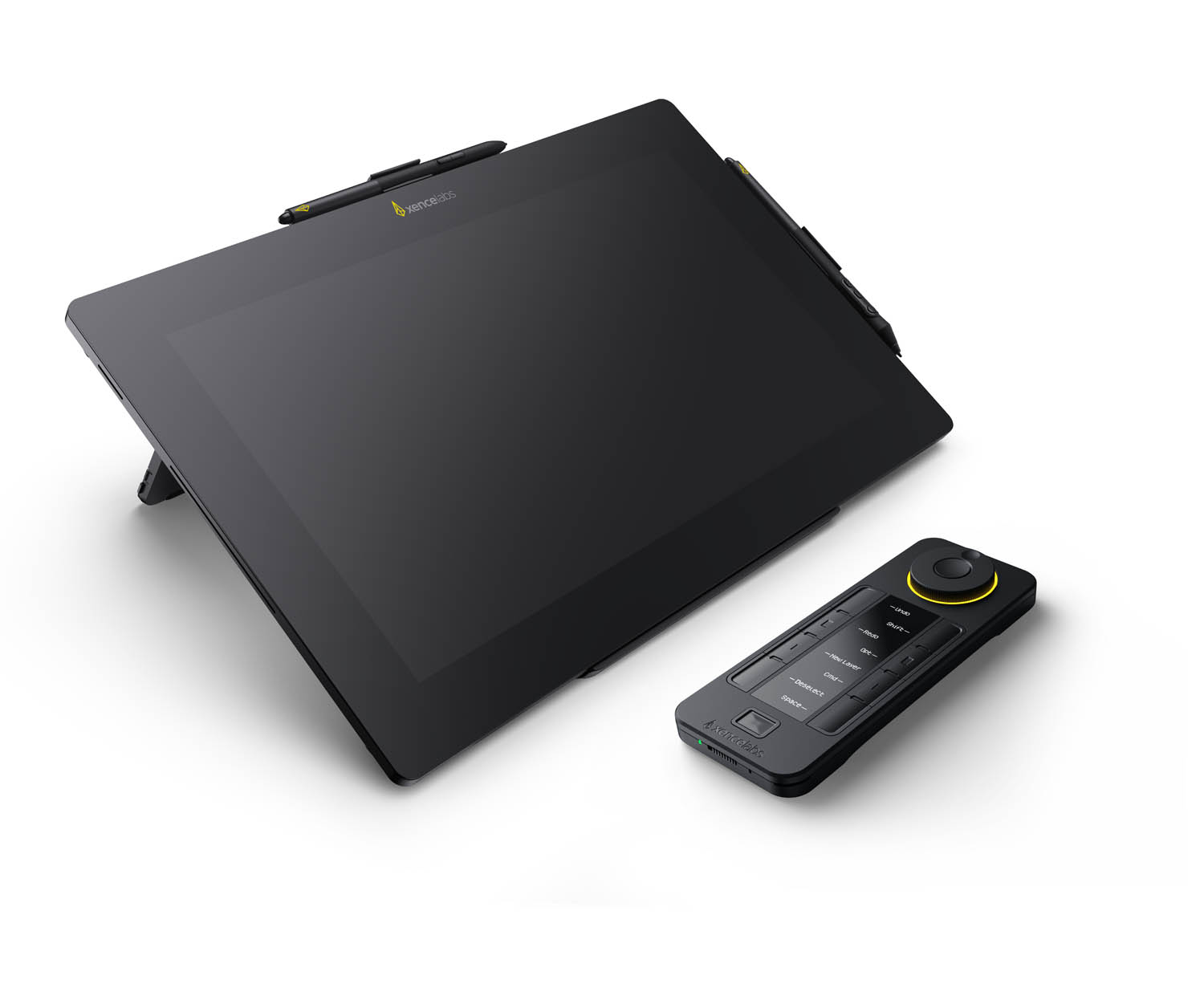
This mode has a trade-off. Without hooking up the included mains-connected power pack, single cable use reduces screen brightness to 120 nits, compared with 300 nits at full power. Yet I found the OLED 4k display pops with enough brightness at 120 nits and my eyes preferred this setting over long periods.
The display feels supercharged at 300 nits, making it perfect for working with super high-fidelity imagery. With some 1.07 billion colours on show, a choice of five factory-calibrated colour spaces should fill your immediate requirements, including Adobe RGB: 98%, P3-D65: 98%, and sRGB: 99%.
The pen pressure curve is responsive and adjustable to match your drawing style, and as with most modern tablets, no perceivable lag is noticeable.
Xencelabs’ trademarked Super-AG etched glass is a beautiful texture on which to sketch, while still providing some of the best anti glare capabilities I’ve seen yet.
It’s the same tech as is used in the Xencelabs Pen Display 24 (PD24), but in this portable format, it becomes so much more important, as you are likely to be using it in multiple different lighting conditions, including outside.
Changing the firmer pen nib for the felt-tip option was preferable and resulted in a sweet stroke for concept sketching.
Family values
In fact, the PD16 is very much a slimmed-down version of the PD24, its bigger deskbound sibling. One of the few trade-offs is the loss of three physical buttons at the top of the display.
In the PD24, one of these is a quick key for Virtual Display Mode. For the PD16, this has been switched to the ‘eraser’ on the end of the two pen options.
To explain this, Xencelabs says that it finds that few people use the eraser for erasing – but it can still be allocated as such using the Xencelabs driver app if you’re one of the few. As ever, the Xencelabs software makes it easy to customise both pens and the Quick Keys controller.
Like the pen options – a slim two-button pen and a chunkier three-button option – the Quick Keys controller remains the same as that offered with the PD24. With a small display, physical dial and up to 40 customisable shortcut keys per application, this makes easy work of tool selections and regular functions, from sketching in Illustrator to crunching numbers in Excel, once it’s been set up to reflect your personal preferences. (And these were handily remembered by my Xencelabs app.)
Unlike the PD24, there’s no screen-side dock for the Quick Keys included with the PD16, but given the propensity of online STL files, you could quickly 3D print yourself one, or deploy any of the growing number of user-generated peripherals for Xencelabs’ click-fit docks.
Everything else you might need for this product is included and has been configured to be ready to work wherever you’re travelling. This includes the power hub, a pen case with both pens, replacement nibs, dongles, cables and plug adaptors, pen clips, a carry bag that will fit the device and your laptop and even a travel easel.
Designed to be lightweight for packing into a bag, the easel offers two height settings and has rubber grippers that keep the device in place. Yet I found the easel a bit too light for continuous desktop use, and without any rubber feet, it tended to skitter around on hard surfaces. Xencelabs has let us know that it has a desktop-specific easel for the PD16 launching soon, promising VESA mounts and more.
But the real charm of the PD16 lies in the opportunity just to pick it up and sit with it however you like, balancing it on a chair arm or rotating it into portrait mode on your lap. When not being used for sketching, it becomes a richly coloured OLED second screen perched on your desk, waiting for you to pick up the pen – and, given its superb ease of use, it usually won’t have to wait for long.
Specifications
» Xencelabs Pen Display 16 Bundle Power adaptor hub, travel easel, Quick Keys £999 (Ex VAT)
» Xencelabs Pen Display 16 Essentials £808 (Ex VAT)
» 16-inch 4K (3,840 x 2,160 OLED display 1.07 billion colours (98% Adobe RGB; 98% P3-D65)
» 410 x 259.4 x 12mm
» 1.21 kg
» 3 Button Pen + Eraser v2 & Thin Pen + Eraser v2 (Pressuresensitive, cordless, battery-free)
» USB-C port with DisplayPort Alternate Mode (UHD), or DisplayPort (UHD) and USB-C/USB-A, or HDMI 2.1 (UHD) and USB-C/USB-A
» Windows 7 or later, Mac OS X 10.12 or later, Linux
www.xencelabs.com
On the move
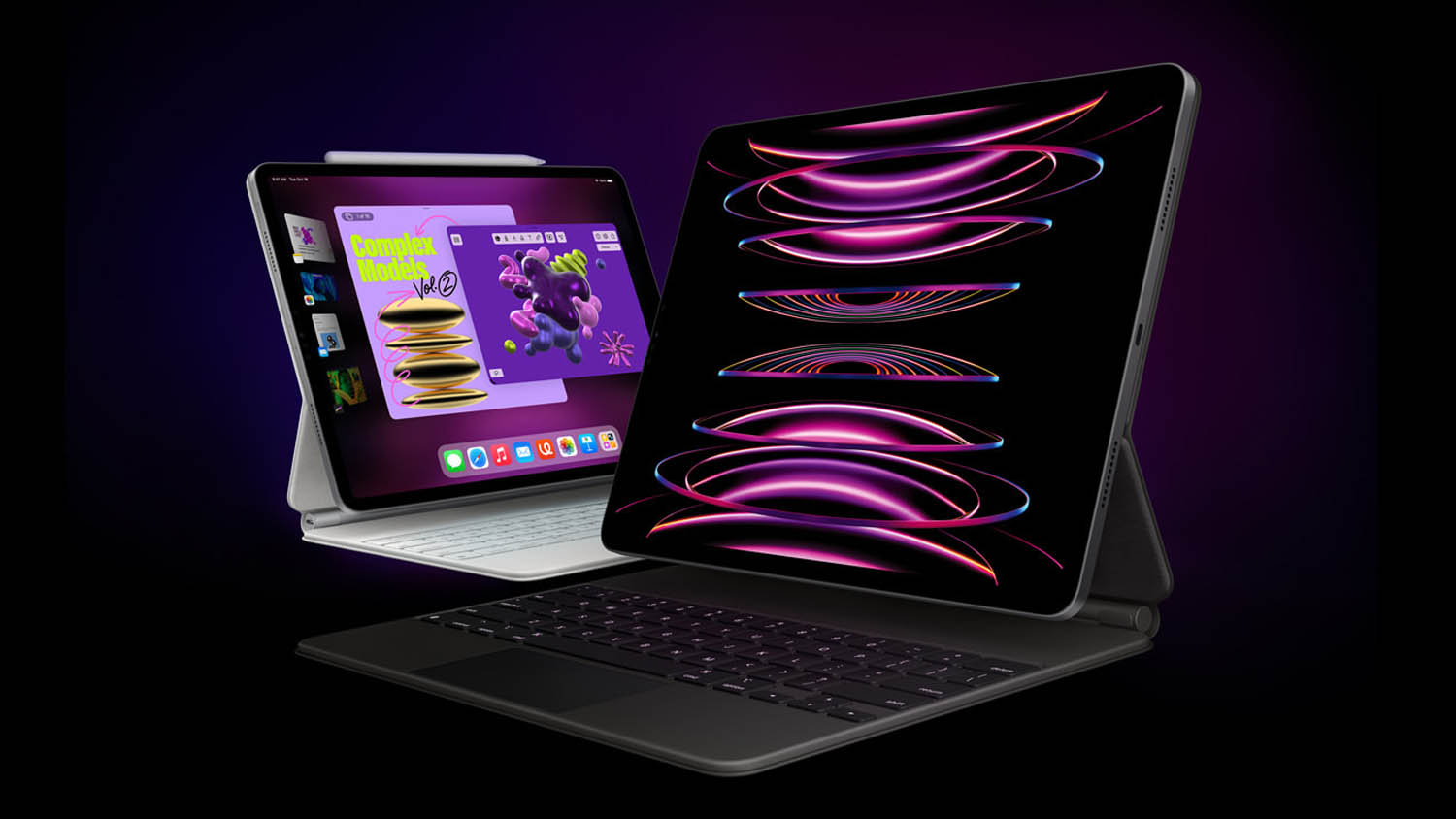
iPad Pro
Price: from £999
The 11-inch and 13-inch models of the latest version of Apple’s tablet are the thinnest yet (5.1mm), while still packing in enterprise-class hardware led by the new M4 chip behind a beautiful Ultra Retina XDR OLED display.
www.apple.com
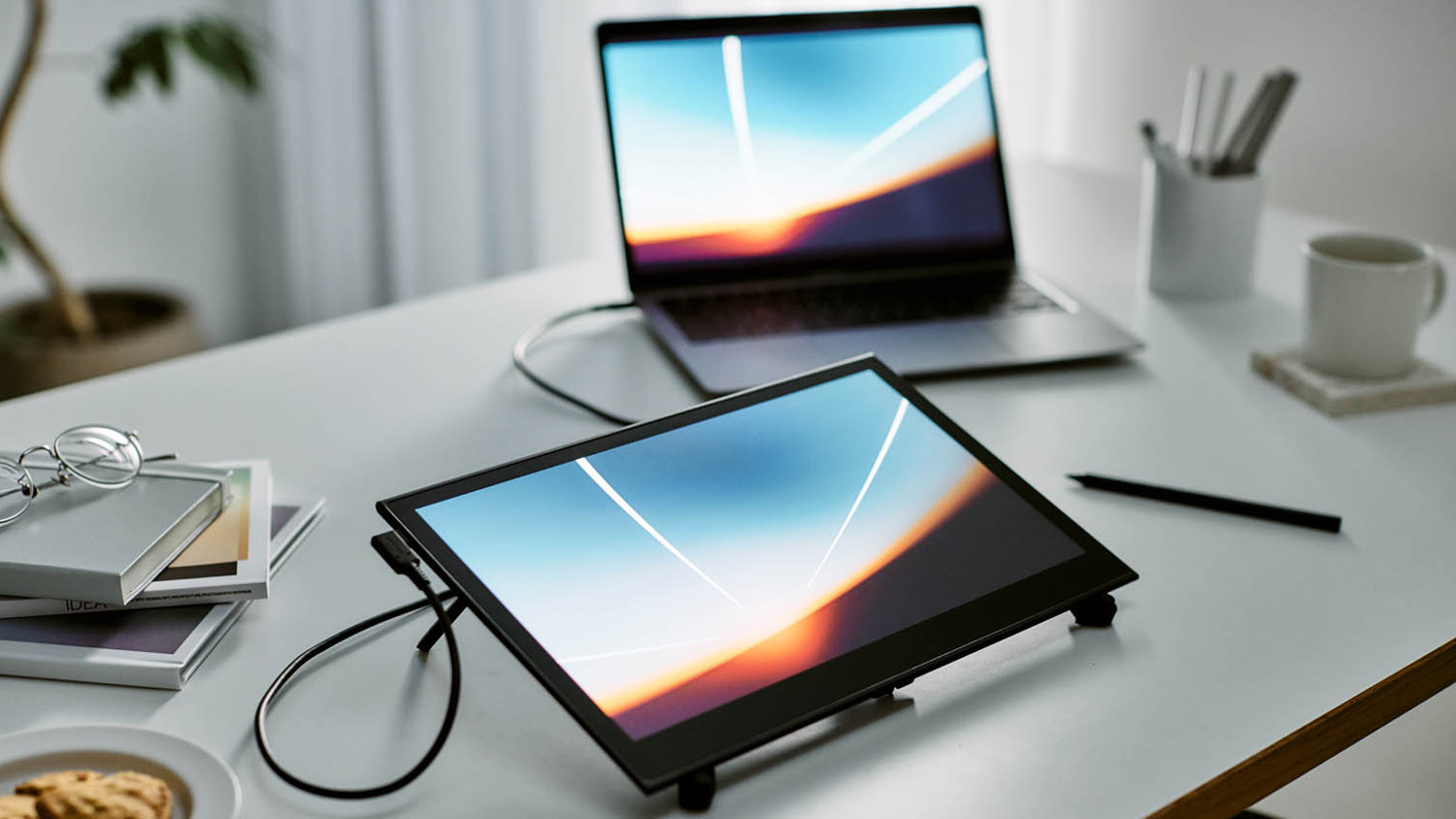
Wacom Movink
Price: from £730
A 13.3-inch full HD OLED Samsung Display is one of Wacom’s best yet, with added multi-touch and pen control. With over 1.07 billion colours, the factory-calibrated and Pantone Validated device is targeted at designers on the move.
www.wacom.com
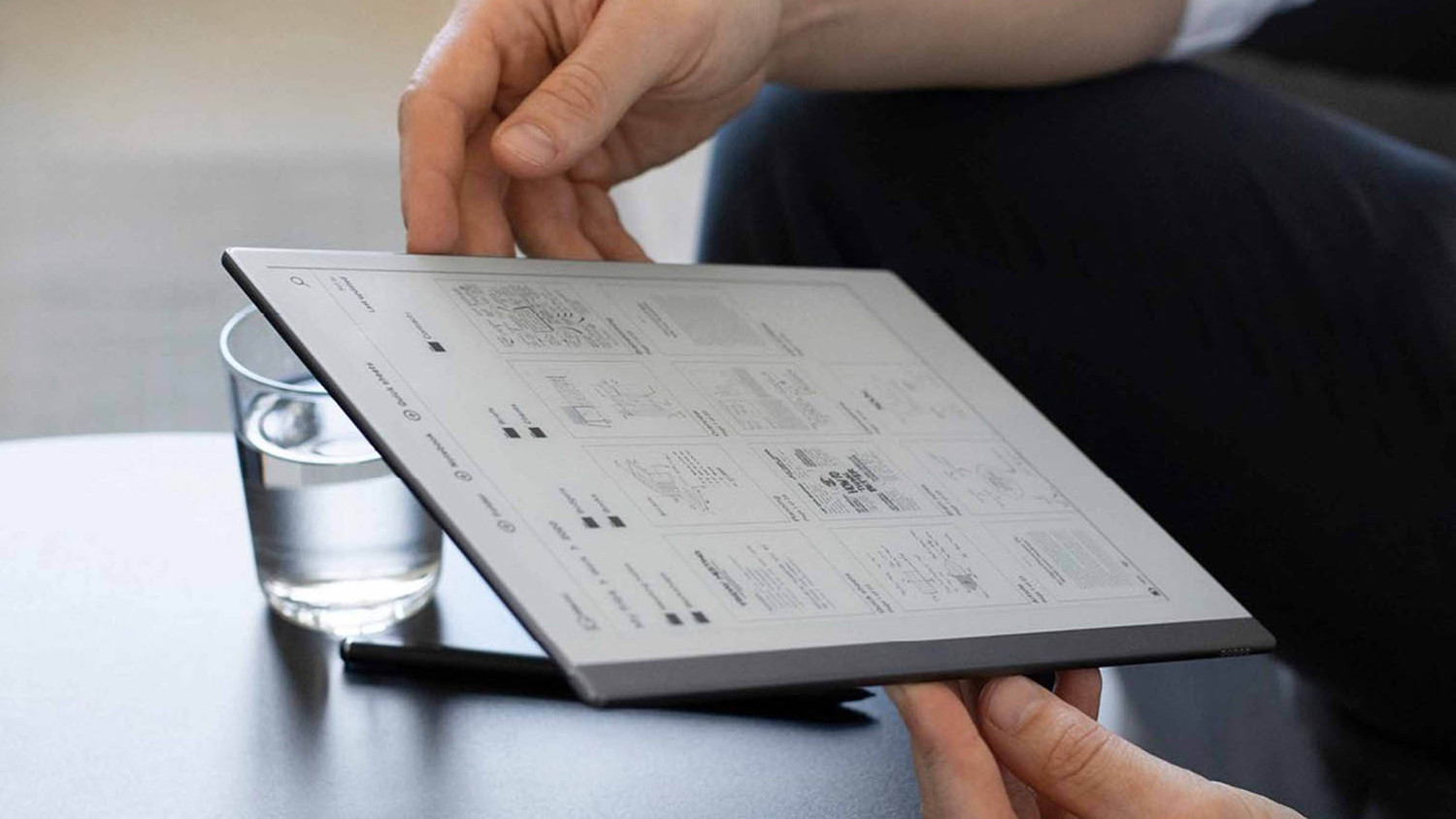
Remarkable 2
Price: from £389
A wonder for note scribblers (including directly on PDFs), handwriting is converted easily. The 10.3-inch e-ink screen is for text more than sketching, yet the paper-like surface is still good for line strokes and battery life can top two weeks.
www.remarkable.com
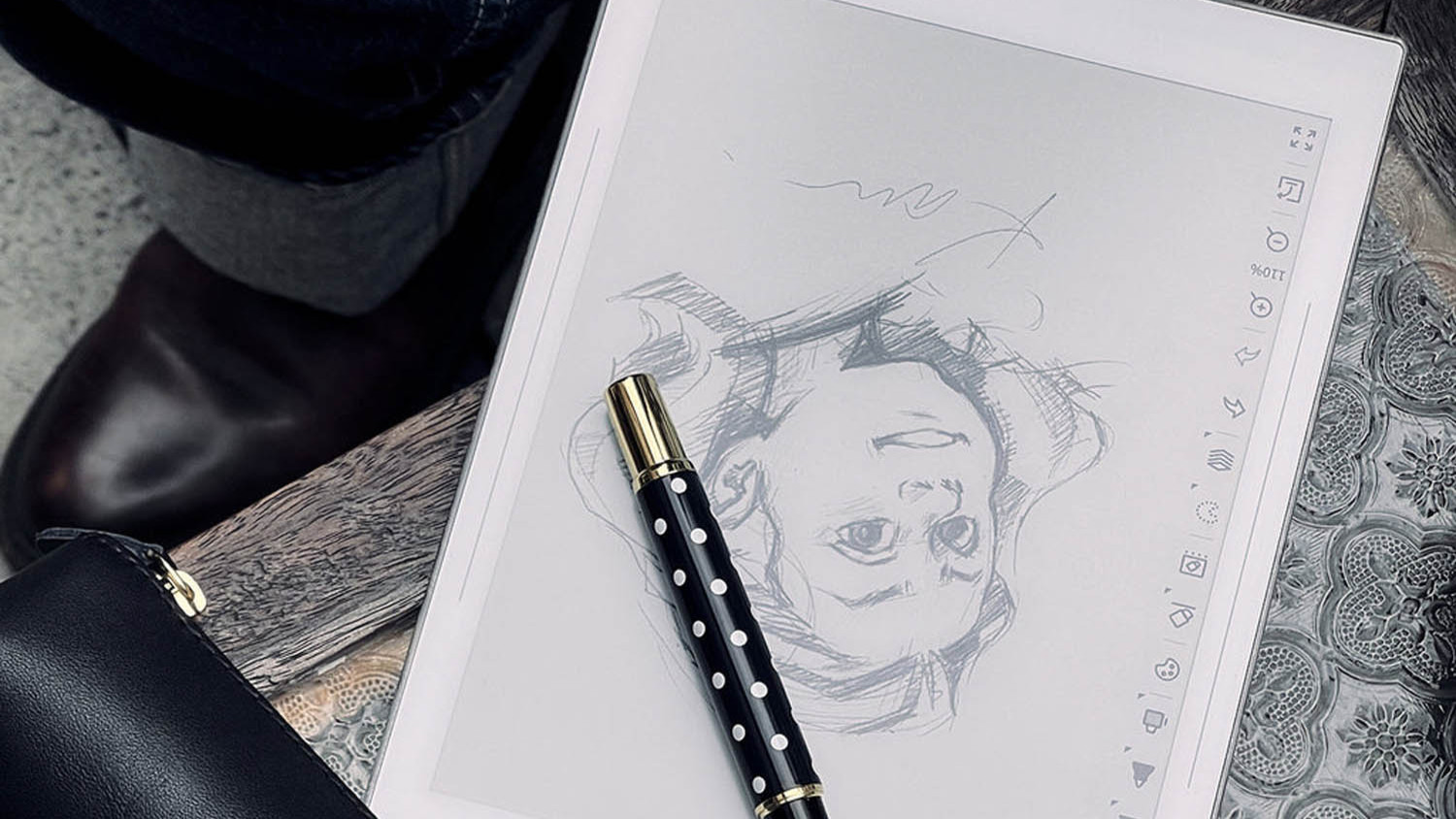
Ratta Supernote Nomad
Price: from €300
A travel-size, 8-inch e-notebook with modular design for repair and upgrade, plus micro SD card storage. The paperesque Wacom Feelwrite screen offers 16-level grayscale, and export to PSD is in the works.
www.supernote.com
This article first appeared in DEVELOP3D Magazine
DEVELOP3D is a publication dedicated to product design + development, from concept to manufacture and the technologies behind it all.
To receive the physical publication or digital issue free, as well as exclusive news and offers, subscribe to DEVELOP3D Magazine here
